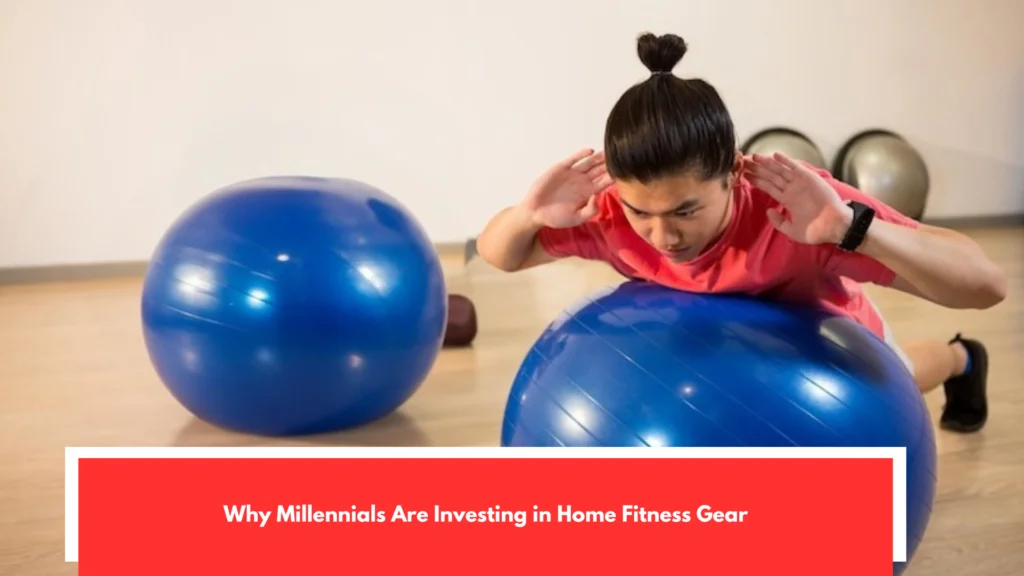Millennials, by the way, those born between 1980 and 1999, are part of the generation that is currently one of the most sought after groups in the fitness industry. Recent, cutting edge research has found that Millennials and Generation Z make up 80% of fitness studio members. This is one of the most notable findings from the 2019 Les Mills Global Fitness Consumer Survey, which reveals that the generational shift in the fitness market is happening faster than expected, as shown by the trend “Why Millennials Are Investing in Home Fitness Gear.”
What do they need from your facility and how do they approach training. We’ve studied some data for you to determine the preferences of the so-called Active Generation. There are 8.2 million Spaniards who fall into the social category known as Millennials. This generation stands out above all for being the first digital native and for its awareness of new technologies, but that’s not all. Indeed it has been discovered that this group also recognizes its awareness of nature, social responsibility, and, above all, its commitment to adopting healthy habits to maintain a balanced lifestyle.
Millennials and sports

In fact, their diets are based on a healthy diet that includes the consumption of natural, quality products that respect the environment. On the other hand, there is also talk of a generation that suffers from increasingly obvious pathologies such as anxiety, depression, and insomnia. Thus, sports are a vital effort to achieve a balanced lifestyle and address these disorders. As the WHO rightly points out, exercise could greatly reduce the symptoms of these diseases, in addition to improving reasoning and learning abilities.
Furthermore, since this is a young generation, sports could also contribute to healthy development and growth. So, what’s the problem. While it’s true that sports provide multiple benefits in everyday life, especially for our younger generation, the main challenge lies in time and motivation. Millennials live trapped in a bubble of constant speed, where finding time for a new activity can be difficult, not to mention the desire required to carry it out. For that reason, the main motivation of sport and wellness centers should be focused on the flexibility and personalization of training.
Solutions tailored for Millennials

Through new digital tools, it’s more possible than ever to fit sports into any schedule and to achieve this, you need to implement a specific strategy that fosters millennial motivation. These days it’s relatively easy to adapt your business to a modern and up to date style, so that all young people want to attend your center and have a good time, or even follow you from home with virtual workouts. If you still don’t know how to put these tips into practice we recommend you discover our community platform, where you can create challenges and virtually reward your most engaged customers.
This will allow your clients to connect with new people and replicate the peer pressure to make fitness a part of their routine. It goes without saying that Millennials and Generation Z expect technology to be the standard to enhance their workout experience, but what kind of technology do they truly value. Research determines that the Active Generation demands an interconnected and flawless fitness experience that is compatible with their lifestyle and at the same time enables them to train according to their own way.
Millennials and technology

From a group training perspective, this means a fully integrated live, virtual, and at-home solution that can extend the facility’s reach beyond the four walls and personalize every aspect of members’ fitness journey. Discover how the Virtuagym app has already helped thousands of businesses automate processes and connect more with Generations Z and Y. Also consider how technological automation can help your team deliver more efficient service or free them from routine tasks and allow for a more personal level of service that contributes to the social experience that Millennials and Generation Z value so much.
Associating your brand with a lifestyle, activity, or topic of interest can make it easier to connect with millennial audiences. 75% of millennials say social media is the best way to connect with businesses and brands. What does this mean for your business. There’s no single strategy to follow to build a community around your brand. But there are some steps to follow. Millennials and Generation Z are essentially a technologically dependent generation. The key for gyms, health centers, and personal trainers to reach this audience is to offer special packages and discounts, quick and easy workouts, a group to interact with each other, among other options.
Conclusion

In any case, it is crucial that technology be involved in all these strategies to better capture these generations and create engagement. Generation Z and Millennials are prioritizing their investments in exercise and health. According to a report by McKinsey & Company, these groups are directing a considerable portion of their income to wellness products and services, eclipsing previous generations. This trend is visible, for example, at Planet Fitness, where former CEO Chris Rondeau noted that Gen Z membership at the chain was off the charts.
Taylor Price, known as the Gen Z money expert recommends allocating 5 to 10 percent of income to health and exercise. This ensures that we will keep our well-being as our top priority without sacrificing other critical financial commitments, Price told the Washington Post. One of the main reasons behind this trend is that Gen Z not only views exercise as physical well being, but also believes it is fundamental to mental health. On the contrary, Price added that the fitness culture and aesthetic of social media also have a huge impact on Gen Z.
